Due to mine and Alison’s full-time jobs and our boys’ school schedule, over 75 percent of our camping trips have begun after the sun goes down. Sometimes it’s just not possible to get on the road and get to the campground when it’s still light out. But we have learned to adapt over the years and become true, nighttime RV weekend warriors.
You might not plan to get to your campsite at night, but if you have been RVing long enough, you will eventually have a day where something happens that sets you back. It could be that you got a flat tire, heavy rain slowed you down, you stopped to take a side excursion, or you simply miscalculated the drive time to your destination.
So, what do you do when you arrive at your campsite late at night? These eight tips will help you feel better prepared to handle a late-night campground arrival.
-
Understand The Campground Rules
Before heading out on your camping adventure, it's a good idea to make sure you understand the campground's arrival rules and procedures. Many RV parks and state parks will list their after-hours policies on their websites. If you don't see any, try calling ahead and asking.
If the campground you want to stay at is gated or enclosed, you might arrive at night to find the gate locked. Make sure you know what time any gates are closed and locked, and see if you can get an entry code. In our experience, we’ve found that parks and campgrounds typically close their gates at 10 p.m. and reopen them at 6 a.m. These hours also align with the campground’s quiet hours.
Pro Tip: Always have the campground or park’s main office phone number, but see if there is a different number for calls that come in after-hours.
-
Download Or Print A Map Before Arriving
Cell service can be spotty and unreliable in some places across the country, so it’s important to download or print a map of the campground in advance. Study the map before you leave so you have a good idea of what to expect. A lot of campground roads are dark or have limited lighting, and it can be stressful to maneuver an RV in the dark. This is especially true if you’re visiting a new park or campground and don’t know where the check-in office is or if there is a wide enough spot to turn around. Some roads inside campgrounds are also one-way, so pay special attention to any arrows or directional markers. Knowing your route ahead of time can save you from making a critical driving error.
Pro Tip: If you need to turn around but don’t know where to go, boat ramps and dump stations usually have wide, flat spaces and can be good places to try turning around.

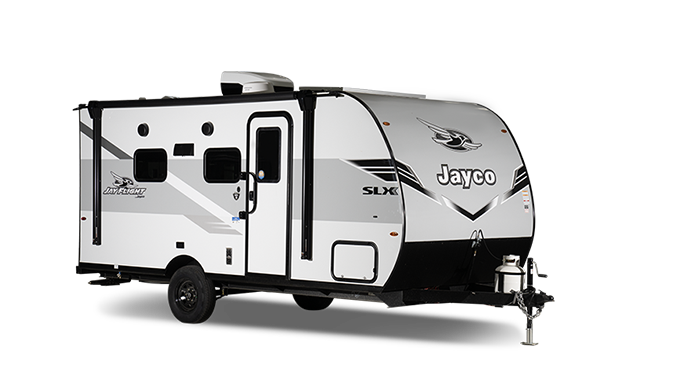
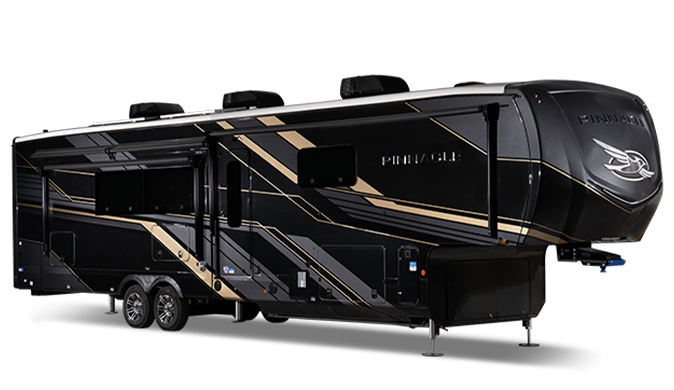
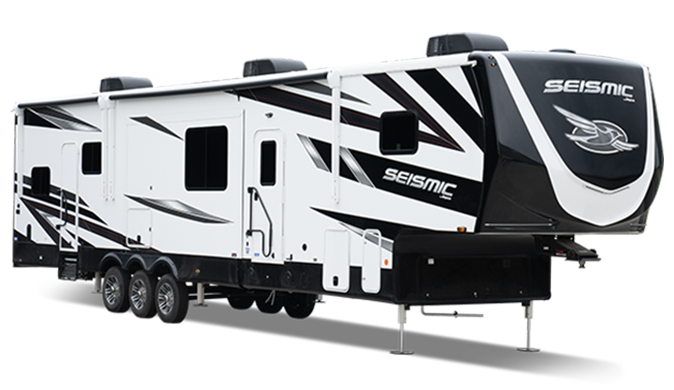
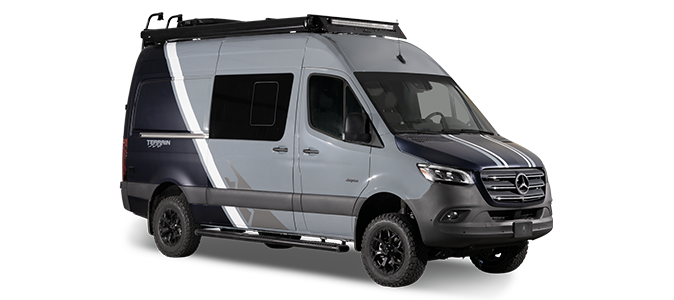
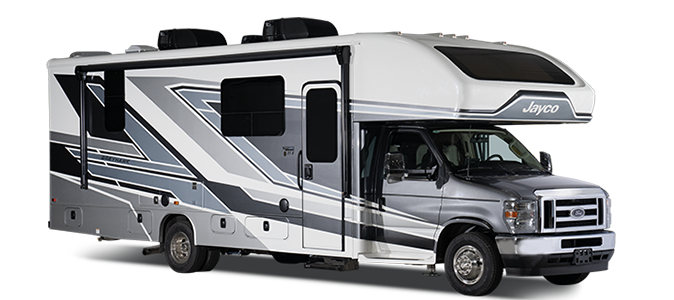
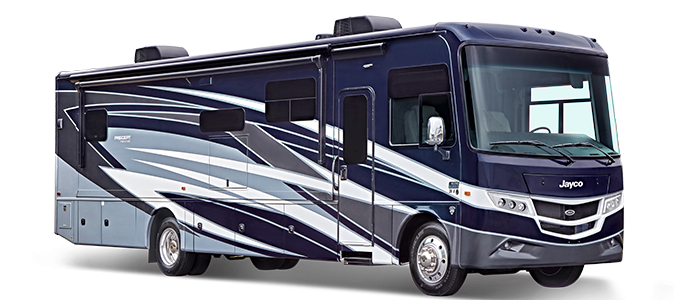
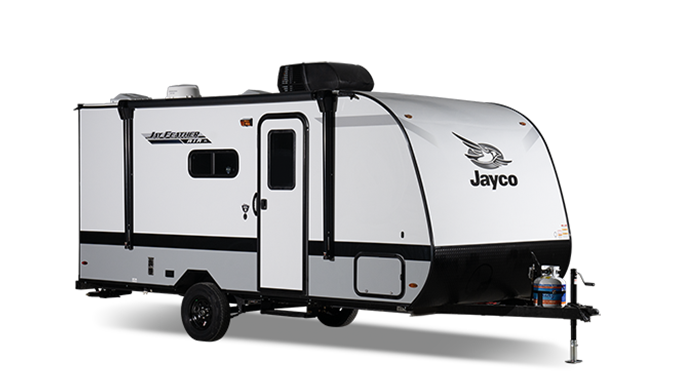


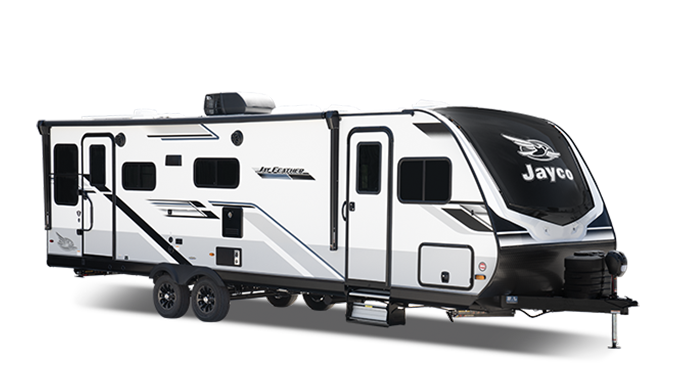
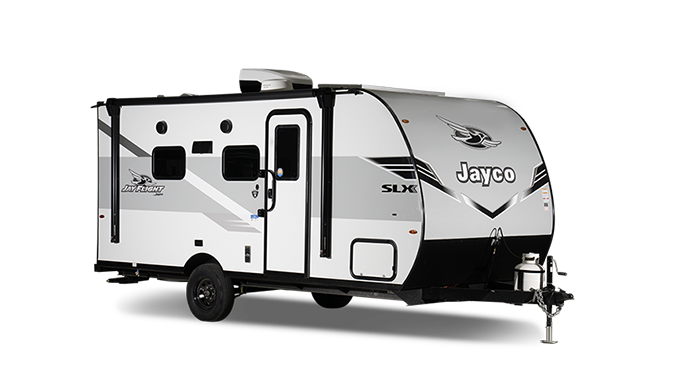
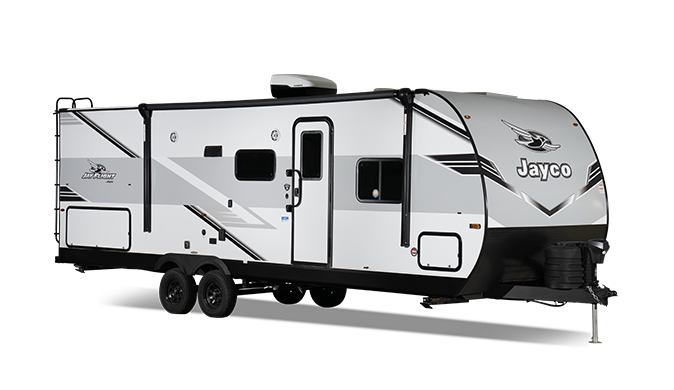
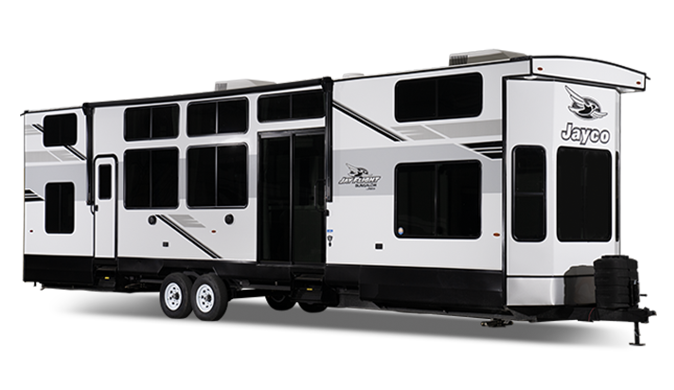
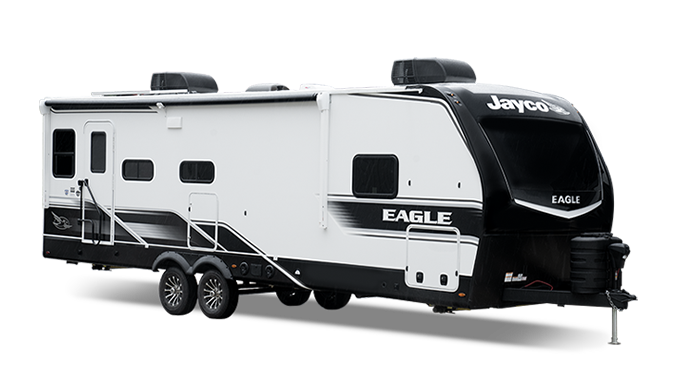
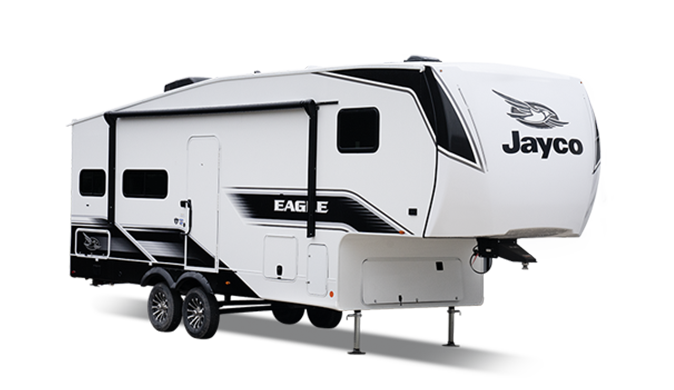
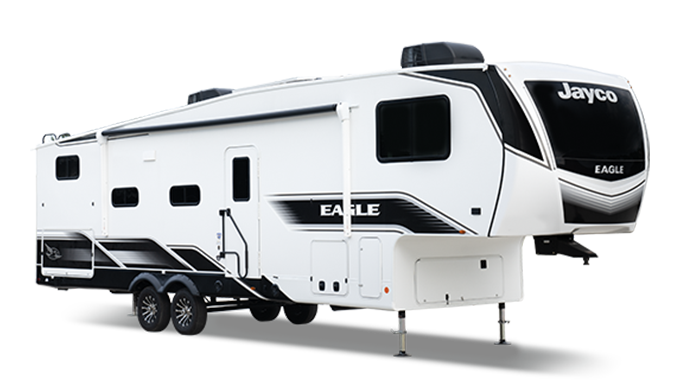
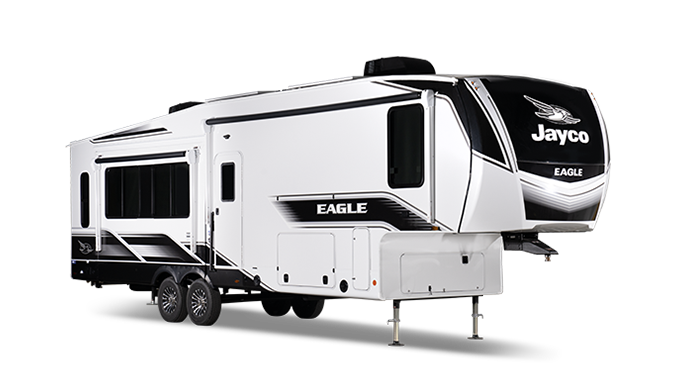
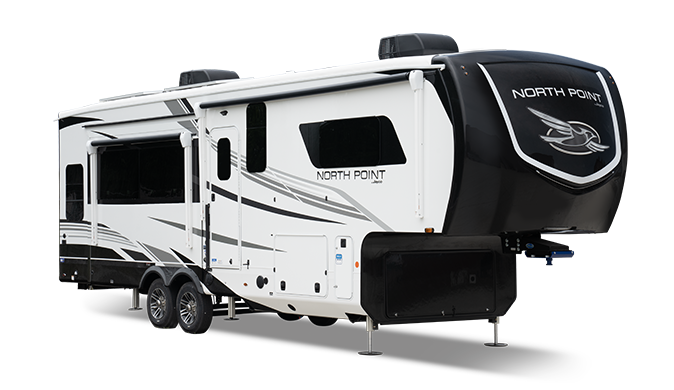

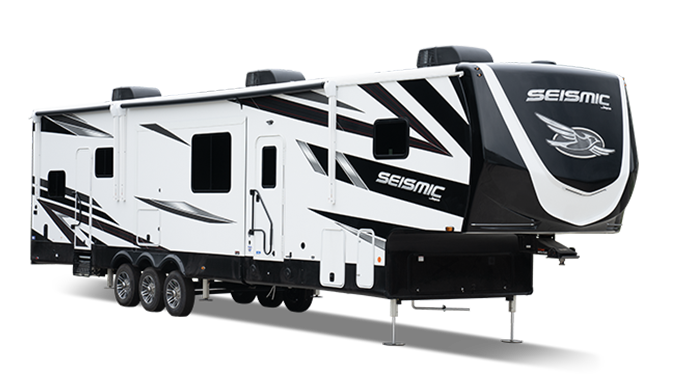
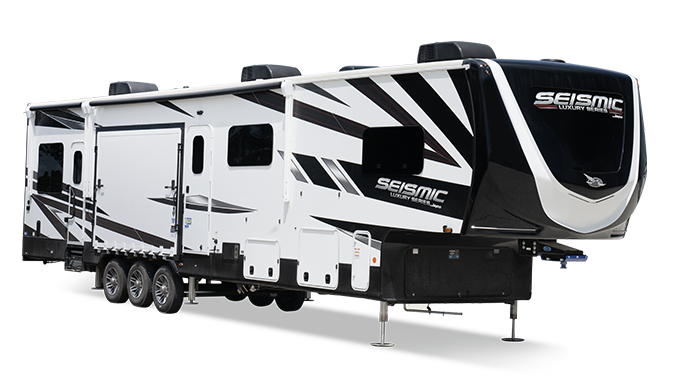
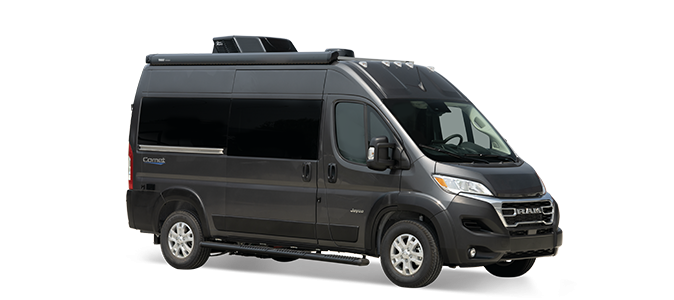
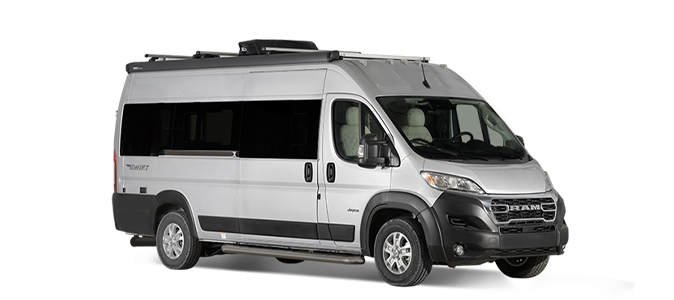
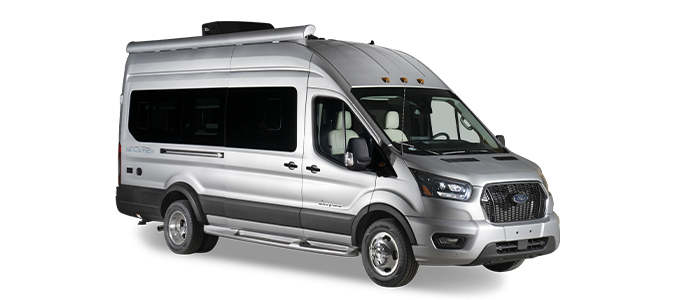
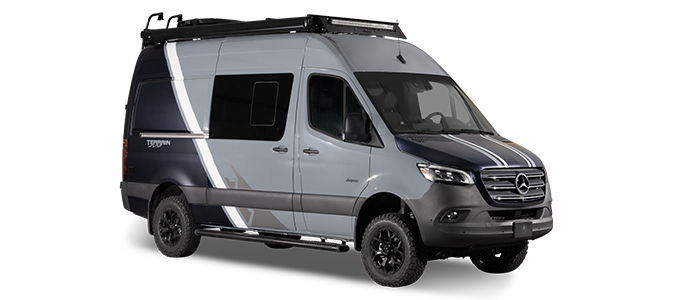
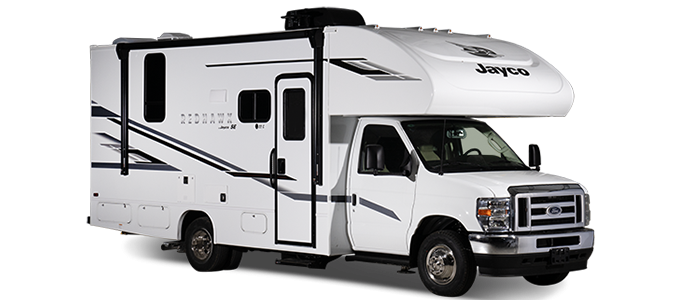

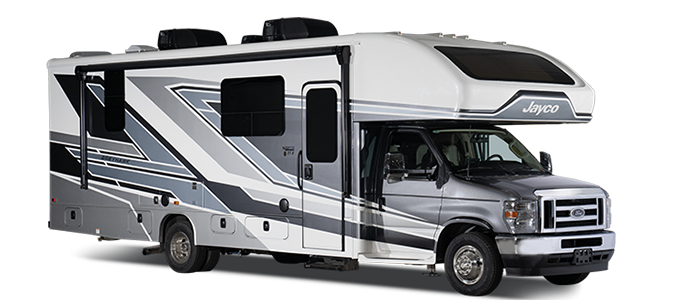

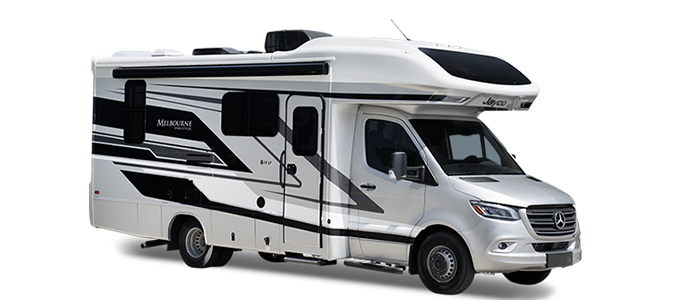

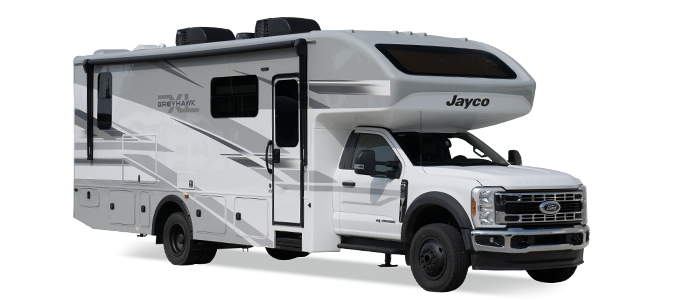
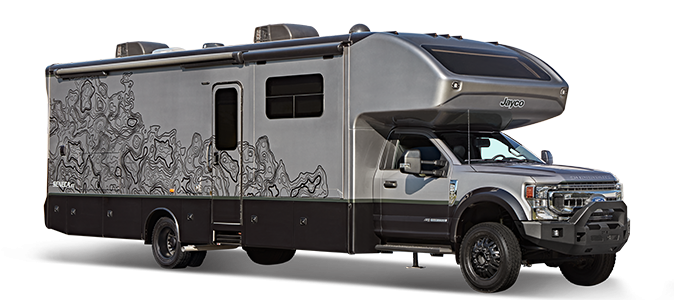
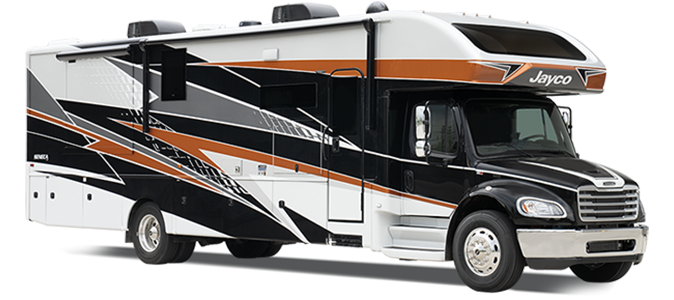
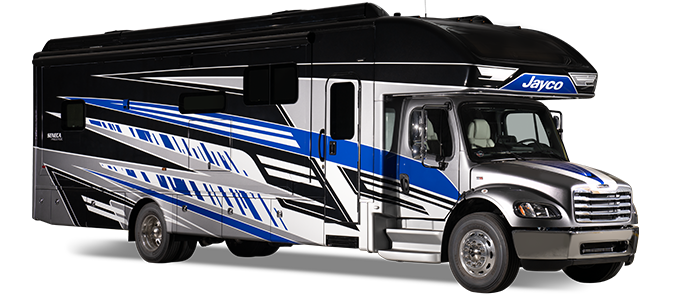
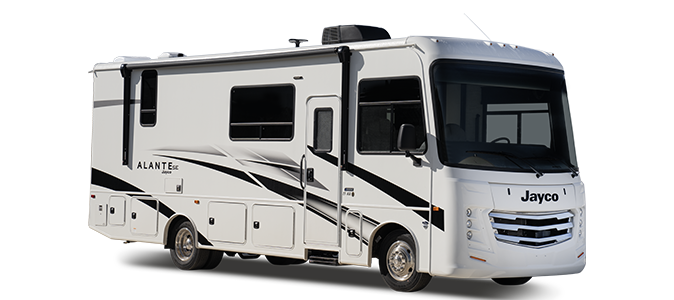
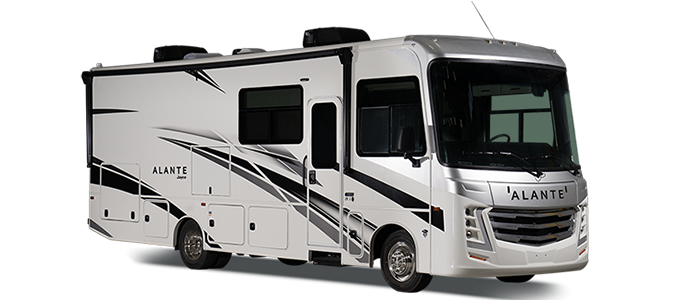

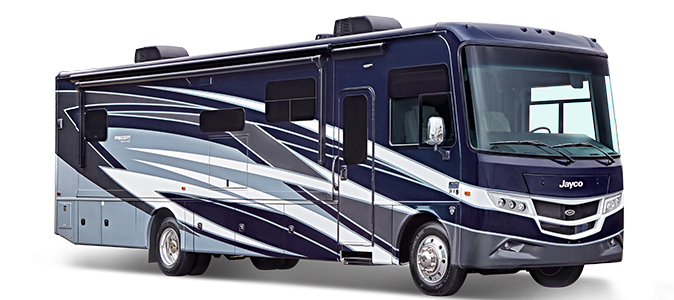


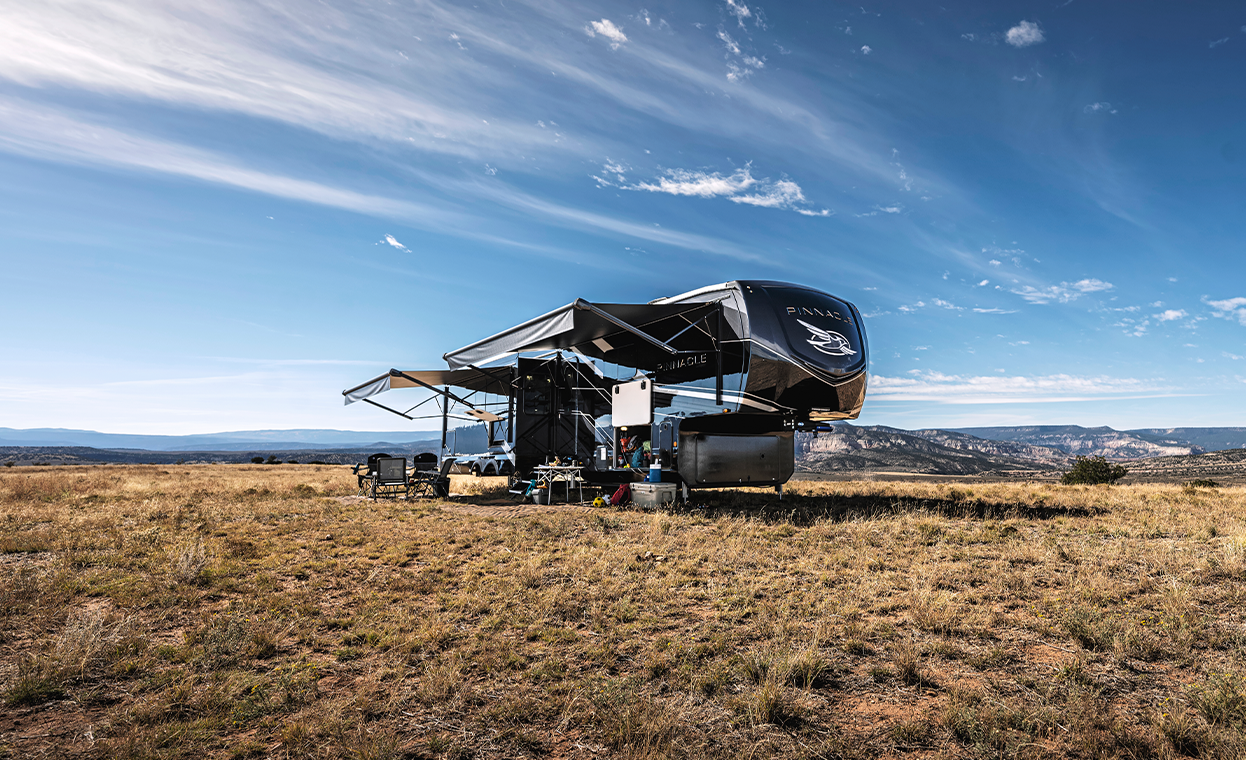
.png)
.png)
